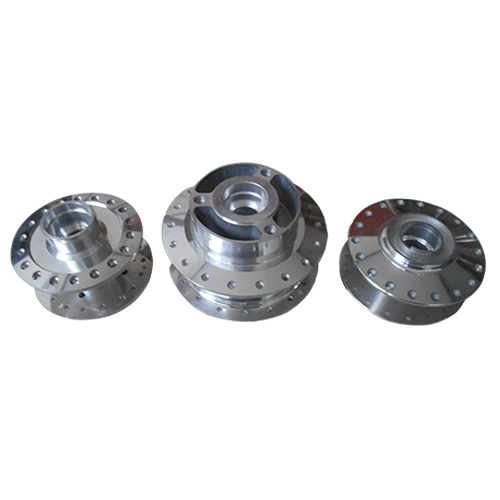Mobile:+86-311-808-126-83
Email:info@ydcastings.com
Innovative Techniques and Applications in Aerospace Aluminum Casting for Enhanced Performance and Durability
Aerospace Aluminum Castings Advancements, Applications, and Benefits
In the rapidly advancing field of aerospace engineering, the materials used for component manufacturing play a pivotal role in determining the performance, safety, and efficiency of aircraft. Among the various materials available, aluminum has emerged as a staple due to its remarkable properties, particularly when utilized in casting processes. Aerospace aluminum castings have become increasingly vital in the production of aircraft components, combining lightweight characteristics with exceptional strength and durability.
Aluminum alloys used in aerospace applications offer a myriad of benefits. They are significantly lighter than traditional materials like steel, contributing to overall aircraft weight reduction and enhancing fuel efficiency. This is crucial in the competitive aerospace sector, where every decrease in weight translates to lower operating costs and increased payload capacity. Moreover, aluminum castings possess excellent resistance to corrosion, making them suitable for the harsh operating environments of aerospace applications. This corrosion resistance is particularly important as it extends the life of components and reduces maintenance costs.
One of the most significant advancements in aluminum casting technology is the development of high-pressure die casting (HPDC) techniques. HPDC allows for the production of complex geometries with tight tolerances, which is essential for aerodynamics and structural integrity in aircraft components. These die-cast parts can be further refined by processes such as machining, providing manufacturers with the flexibility to meet precise design specifications. The ability to produce intricate shapes reduces the need for multiple parts, thereby simplifying assembly and reducing potential points of failure.
aerospace aluminum castings

Another promising technique gaining traction is investment casting, also known as lost-wax casting. This process is particularly useful for producing highly detailed components that require superior surface finishes. Investment casting can deliver intricate designs that are oftentimes impossible to achieve with traditional machining methods. This precision is especially beneficial in aerospace applications where components must fit together seamlessly to ensure safety and reliability.
The applications of aerospace aluminum castings are diverse and critical. Key components such as engine housings, landing gear brackets, and structural frames often rely on aluminum castings for their production. These parts must withstand extreme conditions, including high pressures and temperatures, while maintaining structural integrity. The use of aluminum alloys in these components not only meets performance criteria but also adheres to stringent safety regulations set by organizations like the Federal Aviation Administration (FAA) and the European Union Aviation Safety Agency (EASA).
Furthermore, the aerospace industry is progressively leaning towards sustainability, and aluminum castings align well with these green initiatives. Aluminum is highly recyclable, with a significantly lower environmental impact during recycling compared to the initial extraction and processing of virgin materials. This characteristic not only contributes to reduced waste but also supports the industry’s goals to minimize its carbon footprint and promote a circular economy.
In conclusion, aerospace aluminum castings represent a vital component of modern aircraft manufacturing. With advancements in casting techniques like high-pressure die casting and investment casting, manufacturers can produce lightweight, strong, and complex components essential for aircraft performance. As the aerospace industry continues to pursue innovations while maintaining compliance with safety and environmental standards, aluminum castings will remain at the forefront, enabling engineers and manufacturers to meet the demands of the future. The combination of performance, cost-effectiveness, and sustainability makes aerospace aluminum castings an invaluable resource in the journey toward more efficient air travel.
-
What Makes Stainless Steel Pump Casting Essential for Modern Industries?NewsJul.14,2025
-
Revolutionize Your Engine Maintenance with Premium Aluminum and Cast Iron ComponentsNewsJul.14,2025
-
Precision Flow Engineering Starts with the Right Pump ComponentsNewsJul.14,2025
-
Maximize Efficiency: Explore Reliable Containment and Crop SolutionsNewsJul.14,2025
-
Discover Superior Performance with Advanced Turbo ComponentsNewsJul.14,2025
-
Boost Fluid Dynamics with Precision-Engineered Pump ComponentsNewsJul.14,2025











